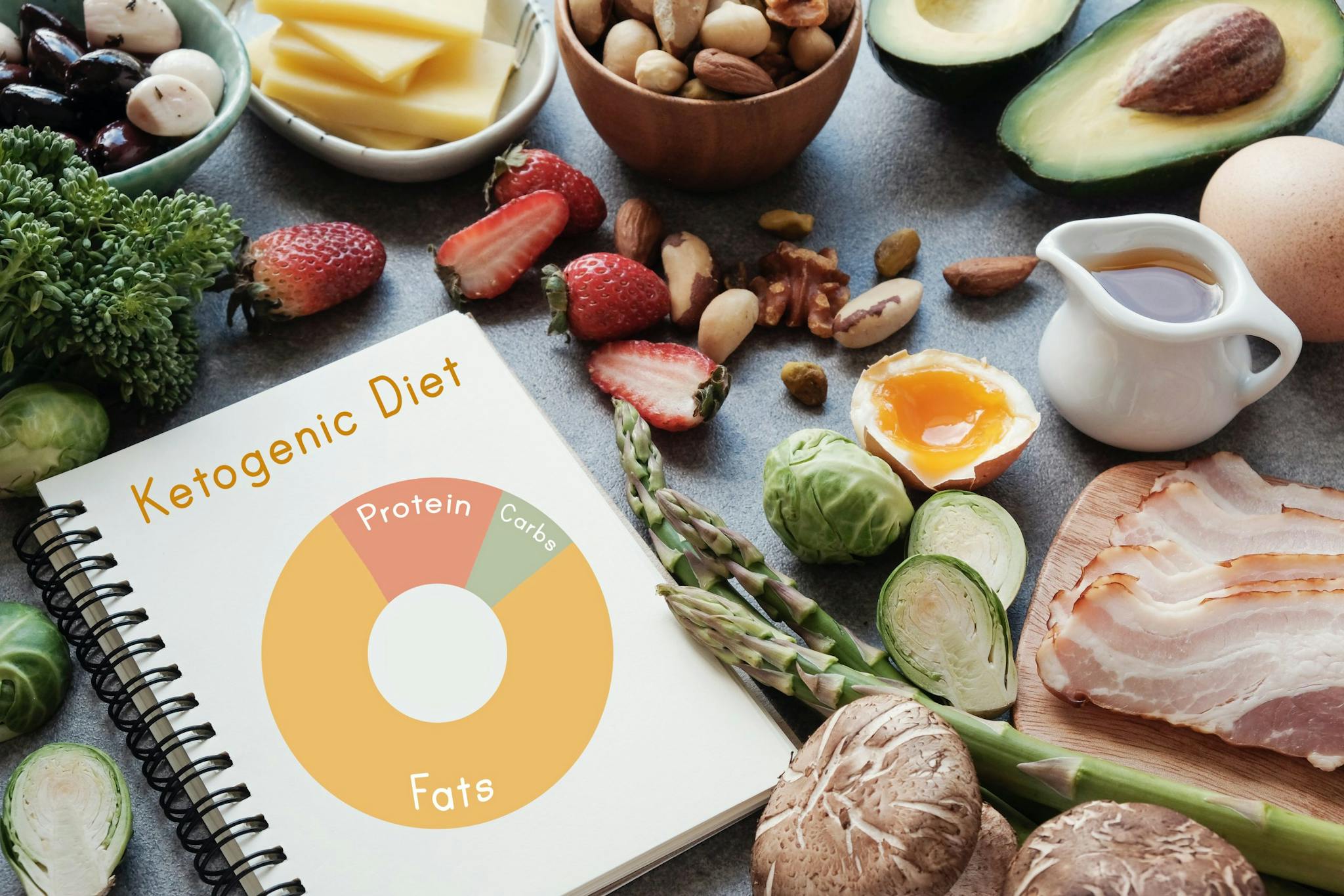
April 9, 2024
The Health Benefits of Stress Management
- Behavioral Health
November 23, 2016 | Neurology

As one of the most serious and common medical conditions out there, strokes should not be taken lightly. Nearly 800,000 people have a stroke every year in the United States alone, and almost 130,000 of these people die from it. Even for those who survive, quality of life is often different after.
There are plenty of reasons to know the basics about strokes – both for your own sake and for the sake of others. Immediate medical attention can make the difference between life and death when someone is having a stroke, and being able to identify stroke symptoms as they’re happening could help save someone’s life. Here is some general information on strokes, prevention, and overall brain health.
A stroke involves the limitation of blood flow to some part of the brain. Like all organs in the body, the brain needs blood to work correctly – even a few minutes without it can cause cells in the brain to die as they’re unable to get the oxygen and other nutrients provided by blood. As time passes, permanent brain damage or death become more and more likely.
There are three main types of stroke:
Ischemic stroke: The most common kind of stroke, ischemic strokes cover 87 percent of total cases. An ischemic stroke occurs anytime a blood vessel bringing blood to the brain is blocked.
Hemorrhagic stroke: A hemorrhagic stroke covers most of the remaining 13 percent of stroke cases. This occurs when a blood vessel in the brain bursts and leaks blood into the brain. The blood eventually collects and presses into the brain tissue. Hemorrhagic strokes are caused by two kinds of damaged blood vessels:
Transient Ischemic Attack (TIA): Sometimes called a “warning stroke,” a TIA is a temporary clot that usually has symptoms lasting under five minutes. A TIA can be a sign that a more severe stroke is coming.
The ability to recognize stroke symptoms as they’re happening could save a life. Several of the usual symptoms involved with a stroke are obvious, and some are unique to stroke victims, making them easy to spot. Some of the most common symptoms include:
Most strokes occur on one side of the brain. When this happens, the opposite side of the body shows symptoms. Symptoms can also be different between left- and right-brain strokes. In rare cases, a stroke can actually occur in the brain stem rather than on either side – this can put the victim in a “locked-in” state where they can’t control any movement of their head or face.
Risks factors for stroke are similar to risk factors for many kinds of heart- and blood-related conditions. They include:
As strokes are happening, most treatment beyond identifying symptoms and calling 911 will be left to doctors. Immediate treatments include everything from Aspirin to major surgery, depending on the type of stroke and how serious it is.
For stroke survivors, the aftermath can be a long and difficult process. Many deal with new issues for the rest of their lives, which can include:
Many stroke victims lose their ability to take care of themselves after the stroke takes place. In a lot of cases, doctors recommend physical therapy to try and fix some of the damage caused. Therapy varies from case to case, and is different depending on which side of the brain the stroke happened in. Strokes in the left side of the brain usually cause permanent speech issues, for instance.
As any doctor will tell you, though, the real battle against strokes comes before they ever happen. Look at those risk factors we listed above – we control several of them. We can decide what we eat, how often we exercise and which habits we choose in our lives. It’s estimated that 80 percent of strokes are preventable, meaning four in five victims could have done more to keep it from happening.
Many smart habits lead to more than just a lower risk of stroke, too – they help maintain a healthy heart and brain. Taking a few basic steps to limit those major risk factors can go a long way.
[
WRITTEN BY:
The Live Better Team


April 9, 2024

March 22, 2024

February 12, 2024

February 6, 2024
This information is not intended to replace the advice of a medical professional. You should always consult your doctor before making decisions about your health.